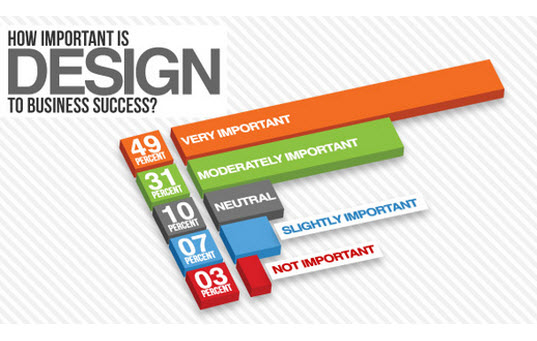Basic Aspects Of Web Design: Guidelines For Establishing A User-Centric Site
Basic Aspects Of Web Design: Guidelines For Establishing A User-Centric Site
Blog Article
Created By-Wiley Thorpe
When it concerns internet site design, making certain user-friendliness is crucial. From responsive design to streamlined navigation, every element plays a crucial function in creating a site that satisfies your target market's demands. However what about the finer information that can make or damage a customer's searching experience? Keep tuned as we discover some often-overlooked tips that can raise your website's usability to the next level, making it absolutely stand apart in the electronic landscape.
Value of Responsive Style
Responsive design is an essential aspect of contemporary website advancement. Ensuring your web site is responsive means that it can adapt to different display sizes and gadgets, offering a smooth experience for users.
With the boosting use of mobile phones and tablets to access the internet, having a receptive layout is necessary for getting to a broader target market. It assists in improving customer experience by making your internet site simple to navigate and continue reading any device.
Furthermore, responsive style can positively impact your search engine rankings, as online search engine like Google focus on mobile-friendly internet sites. By having a receptive design, you're likewise future-proofing your web site, as new tools with varying display sizes continue to arise.
Simplify Navigation Structure
To improve individual experience and help with easy accessibility to details on your website, improving the navigation framework is critical. When developing your website, concentrate on creating a clear and user-friendly navigation menu that assists visitors locate what they're trying to find rapidly.
Restriction the variety of menu items to the basics, organizing related pages with each other to prevent overwhelming customers. Usage descriptive labels that clearly indicate the material of each web page, making it simpler for customers to comprehend where each link will take them.
Consider executing dropdown menus for subcategories to prevent jumbling the primary navigating bar. Additionally, consist of a search bar plainly on the web page for customers who favor searching for certain details.
just click the following web page on mobile responsiveness in your navigation design to guarantee very easy gain access to on all devices.
Optimize Web Page Lots Rate
Improving page tons speed is vital for keeping site visitors on your site. Slow-loading web link frustrate individuals and can bring about high bounce rates. To enhance web page tons rate, beginning by optimizing images. Compress images without jeopardizing high quality to minimize their data sizes.
Additionally, allow internet browser caching to save frequently accessed resources in your area, speeding up load times for returning visitors. Minify CSS, JavaScript, and HTML data by eliminating unneeded characters, comments, and format, boosting lots rate.
Consider utilizing a web content shipment network (CDN) to disperse your web site's web content throughout numerous servers worldwide, lowering latency for customers accessing your website from various places. Finally, limit the use of third-party scripts and plugins, as they can dramatically affect load times.
Conclusion
In conclusion, by incorporating responsive layout, streamlining navigation, and enhancing page load rate, you can create a straightforward internet site that appeals to a broader target market and boosts customer experience. https://mariosnhbu.blog-ezine.com/31248798/top-search-engine-optimization-techniques-ways-to-accomplish-higher-rankings-than-your-competitors ensure that site visitors can quickly accessibility and browse your website across different tools, resulting in enhanced interaction and fulfillment. By concentrating on these key facets, you can develop an effective web site that maintains users coming back for even more.
